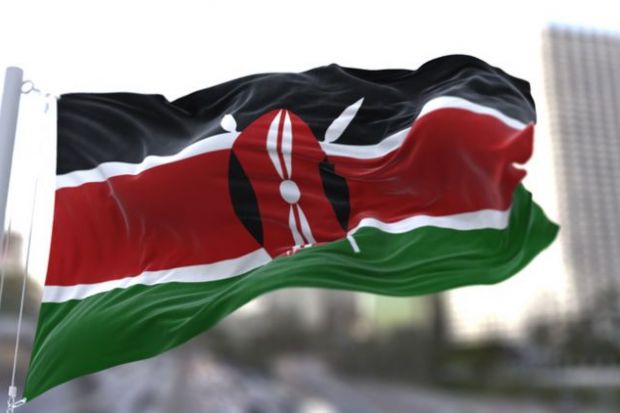Strikes across Kenyan universities looked set to enter a fifth week as lecturers take industrial action in a dispute with the government over a new funding model.
The strike began on 29 October, bringing teaching to a complete standstill at public universities for almost a month, and prompting calls from student groups to extend the academic year.
The Universities Academic Staff Union (UASU) has demanded the implementation of a return-to-work formula they signed with the government in September following an initial strike over pay, which promised a 9.7 billion shillings (£60 million) pay package to fund pay rises for academics across the country.
However, the government has failed to act on its commitment, instead offering to release a 4.3 billion shillings package. Lecturers have demanded the full package be paid.
Maloba Wekesa, a senior lecturer at the University of Nairobi and secretary general of its UASU branch, said that the strikes would continue until the government has met its obligations.
“You cannot predict how long it will take. It will take as long as the government is quickly able to deal with our demands,” he told Times Higher Education.
He conceded that the strikes have been “extremely disruptive” for students. “One month for students across public universities not going to their lecture rooms is a huge scale in terms of devastation to their studies.”
The government’s resistance to striking a deal with academics showed that “academia is not a priority”, Dr Wekesa added.
“My message is simple: keep your promises to your workers, and make sure education is never in shambles. It’s not supposed to be in shambles.”




